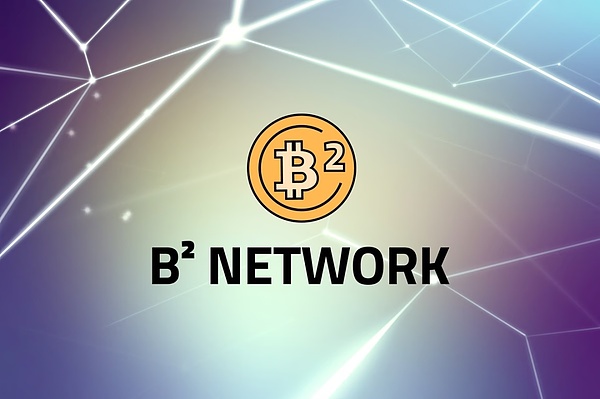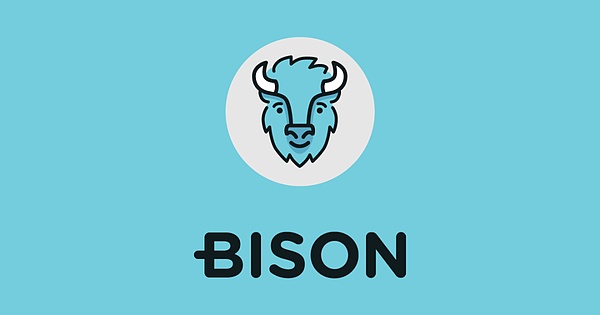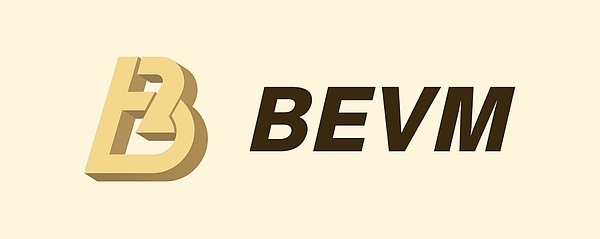Source: Plain Language Blockchain
In the previous article, we introduced the Bitcoin sidechain and UTXO+client verification in Bitcoin Layer2. Today we will introduce the remaining two, Rollup and Taproot Consensus.
01Rollup
Rollup was originally a Layer2 scalability solution on Ethereum to improve the performance and throughput of the blockchain network. Rollup reduces the burden on the main chain and improves overall performance by migrating most transaction data and calculations off-chain and only recording summary or aggregated information of transactions on the chain. The core idea of Rollupis to combine the security on the chain with the efficiency off-chain.
There are some challenges and limitations in implementing the Rollup solution on Bitcoin. Bitcoin itself does not support smart contract verification, so the introduction of the Rollup solution on Bitcoin requires other methods for verification, such as introducing client verification or building a self-built DA layer. This makes the security of Bitcoin Layer2 projects highly dependent on client verification or self-built DA layers, rather than Bitcoin's own security. In addition, the nativeness of Bitcoin does not match the essence of the Rollup solution, because the Rollup solution mainly comes from Ethereum's second-layer solution and is designed for the characteristics of Ethereum. Bitcoin only plays a role in evidence storage and does not participate in the verification process, so there is a certain difference in nativeness from the Rollup solution. In addition, the Rollup solution also has challenges in the degree of decentralization of Bitcoin Layer2. This involves the decentralization of asset management and second-layer ledgers. At present, most of Ethereum's sorter nodes are centralized and run by the Layer2 project party itself, which also makes the Bitcoin Layer2 project face some problems in decentralization.
Although it is technically feasible to implement the Rollup solution on Bitcoin, it faces challenges in terms of Bitcoin's nativeness, decentralization, and security. The BTC Layer2 projects currently on the market also have defects and limitations to varying degrees, so the development and widespread adoption of such projects still require further development and verification. Let's talk about some of the representative projects:

Merlin Chain is a Bitcoin Layer2 solution that integrates the ZK Rollup network, decentralized oracles, and on-chain BTC fraud prevention modules. The goal of Merlin Chain is to improve the efficiency and scalability of Bitcoin transactions and make the Bitcoin ecosystem more active. Merlin Chain uses ZK-Rollup technology to compress a large number of transaction proofs to improve transaction efficiency and scalability.
On Merlin Chain, the sorter node is responsible for collecting and batching transactions, and generating compressed transaction data, ZK state root, and zkEVM proof. Then, the compressed transaction data and ZK proof are uploaded to Taproot on Bitcoin's Layer1 through a decentralized Oracle network. Taproot is available to the entire network as a public resource to ensure transparency and security.
Although Merlin Chain is criticized for its weak technology, from the perspective of ecology, community activity, and implementation, Merlin chain is the most popular BTC Layer2, with a current locked-in fund of more than 3.5 billion US dollars.

B² Network uses zero-knowledge proof and ZK Rollup technology to improve the performance and scalability of the Bitcoin network and is compatible with Ethereum's smart contract functions. The solution records transaction data and verification proofs on the Bitcoin mainnet and ensures the correctness of the data through a challenge-response mechanism.
The architecture of B² Network consists of two main parts: the Rollup layer and the DA layer. In the Rollup layer, users' transactions and related verification proofs are processed and recorded, and the user's status is also stored in this layer. Then, these transactions and verification proofs are transmitted to the DA layer for storage and verification.
The DA layer includes decentralized storage, B² nodes, and the Bitcoin network. At this layer, a copy of the Rollup data is permanently stored and the verification proof is verified. However, since the Bitcoin mainnet itself cannot directly verify the data of the DA layer, B² Network uses a special method that writes the summary of the verification proof (Commitment) to the Bitcoin mainnet and sets a time-locked challenge, similar to OP's fraud proof.
A major problem with B² Network is that the Bitcoin mainnet cannot directly verify the data of the DA layer, so a challenge-response mechanism is needed to solve this problem, which may affect the decentralized nature and security of the system.
B² Network recently strategically launched B² Hub, which will provide services for other ZK Rollups and provide data availability layer (DA) functions. In addition, it has strategic cooperation with Babylon to realize the Restaking and LSD functions of BTC Layer2.

Bison is a native ZK Rollup solution based on Bitcoin, designed to increase transaction speed and implement advanced functions on the Bitcoin network. Developers can use ZK Rollup to build innovative DeFi solutions such as DEX/CEX, lending services, and automated market makers. Unlike the Ethereum Virtual Machine (EVM) used by other Layer2 solutions, Bison uses Cario VM (the same as StarkNet) and mainly builds an ecosystem around inscriptions.
In terms of technical solutions, Bison is essentially still a sovereign Rollup, which is verified by its own nodes. The DA (Dispute Assistant) only saves and publicizes the verification results in the form of inscriptions to the Bitcoin mainnet, and cannot fully inherit the value of Bitcoin.
Whether Bison can develop in the future is closely related to whether the inscription ecosystem can rise again.
02 Taproot Consensus
Taproot Consensus is a Layer2 solution based on Bitcoin native technology. It includes three core components: Schnorr Signature, MAST Contract and SPV Node Network.
Schnorr Signature is an efficient Bitcoin signature algorithm with better privacy protection.Schnorr Signature can expand Bitcoin multi-signature addresses to 1,000 and realize the decentralization of multi-signature addresses.
MAST Contract provides code-based multi-signature management, which does not rely on people to sign, but is driven by code.
The SPV Node Network is composed of Bitcoin light nodes, allowing users to conveniently and securely verify Bitcoin payments without saving complete blockchain data.
Taproot Consensus relies on Bitcoin light node network consensus to drive multi-signatures, realizing decentralized Bitcoin cross-chain management.
After looking through the information, Taproot Consensus should be considered a new second-layer track created by the BEVM project, so the only representative project is themselves.
Representative project: BEVM

BEVM is a Bitcoin Layer2 that uses BTC as Gas and is compatible with EVM. Its goal is to improve Bitcoin's scalability, reduce transaction fees, and cultivate a more secure and decentralized financial ecosystem.
BEVM's core design is based on BTC's Taproot upgrade in 2021, and uses the Musig2 aggregate signature algorithm to achieve decentralized BTC cross-chain. The Musig2 aggregate signature algorithm is brought by the Taproot upgrade, which allows 1,000 Bitcoin light node addresses to form a decentralized asset network, through which the transfer of BTC assets is processed, thereby ensuring the security of assets on BTC Layer2; BEVM is fully compatible with EVM, and applications such as DeFi and GameFi that can run in the EVM ecosystem can be seamlessly migrated to Bitcoin Layer2, and users can directly use BEVM ecosystem applications in mainstream crypto wallets (such as Metamask, OK Wallet, etc.).
At the end of last month, BEVM completed a financing of tens of millions of US dollars, with a post-investment valuation of 200 million yuan. Recently, BEVM and BN Wallet have launched a cooperative activity.
03 Summary
The above is the progress of the mainstream projects of Bitcoin Layer2. Overall, it can be found that it is very similar to the development of Ethereum Layer2. They are all solving the same problem, introducing smart contracts based on the nativeness of Bitcoin (security is linked to Bitcoin) and decentralization. In order to achieve the goal, some compromises will be made in some aspects.
Another problem is that the projects supported by domestic and foreign institutions are different. Both parties do not buy into each other and are playing their own games. Relatively speaking, they are quite fragmented.
 JinseFinance
JinseFinance











